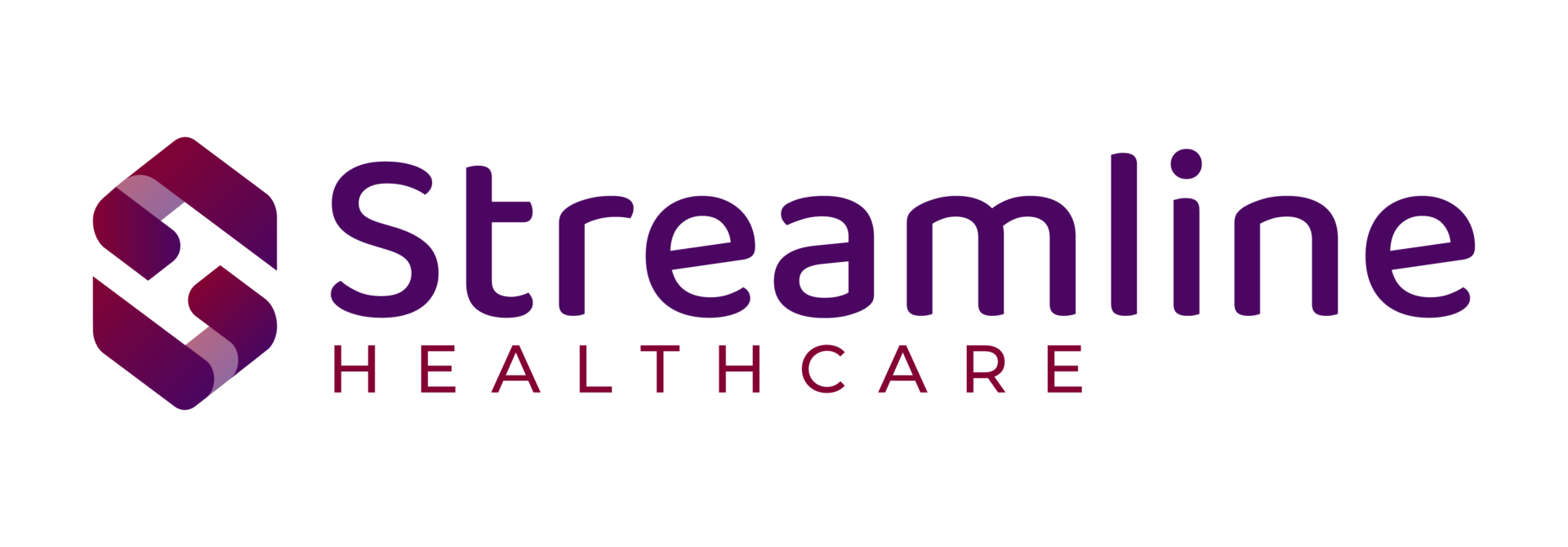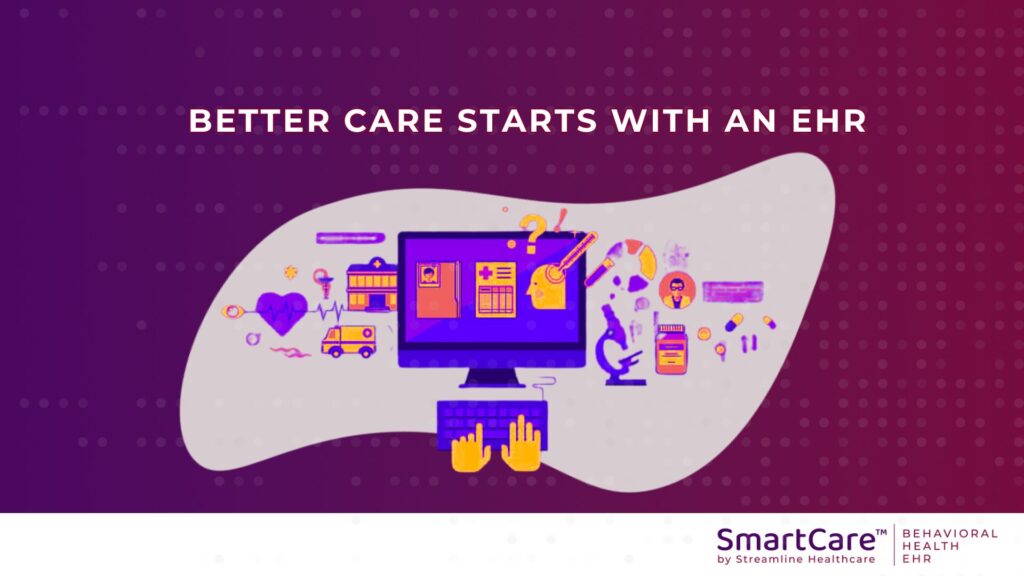2022 Behavioral Health Recap Part 2: 4 Key Growth Areas
Last year was a notable one for behavioral health. The previous blog post covered high-level trends, including rising demand for care, workforce shortages, and increased government spending. This post highlights key areas that saw continued growth in 2022: Certified Community Behavioral Health Clinics (CCBHCs), integrated care, telehealth, and the influx of capital from both payers and private equity.
CCBHCs: Serving 2.1 Million People
The Certified Community Behavioral Health Clinic (CCBHC) initiative continued to expand last year. According to the National Council for Mental Wellbeing, in 2022 there were more than 500 CCBHCs and CCBHC grantees in 49 states and territories, serving an estimated 2.1 million people.
In response to the growing demand for behavioral health services in the US, the federal government last year announced increased funding for CCBHCs, including nearly $300 million for new and existing CCBHCs, and an additional $15 million for state planning grants.
The CCBHC initiative was first launched in 2017. As it has matured, organizations are becoming more adept at collecting and reporting on the more than 30 clinical quality measures required of CCBHCs.
Integrated Care: Progress in Overcoming Challenges
In 2022, the nation’s leading private insurers added their support to better integrated physical and mental health care as evidence continues to mount for the effectiveness of treating the whole person.
While the promise is great, challenges remain for truly integrating behavioral health and physical health, including how to partner with other providers and community organizations, sharing data, and measuring and quantifying treatments and outcomes. Behavioral Health providers continued to develop solutions to overcome these challenges and make whole person care a success.
Telehealth:Strong for Behavioral Health, Declines for Physical Health
A study by health care analytics firm Trilliant Health titled “2022 Trends Shaping the Health Economy” reported that while the use of telehealth for physical healthcare has declined since the COVID-19 Pandemic peak, it has remained steady for behavioral health visits, which accounted for almost 60% of all telehealth visits in 2022, up from 32% in 2019.
Evolving Market Dynamics: Payviders and Private Equity
The merger of payers and providers into so-called “payviders” continued in 2022 and was highlighted in behavioral health by UnitedHealth Group’s Optum division’s purchase of Refresh Mental Health.
Private equity interest in behavioral health, while down from 2021, remained strong in 2022, particularly in organizations that focus on Substance Use Disorder (SUD), Intellectual or Developmental Disability (I/DD), and Medication Assisted Treatment (MAT), according to research from The Braff Group. As OPEN MINDS noted, private equity’s primary focus is on for-profit organizations, but the influx of capital is impacting competitive dynamics in non-profit behavioral health as well.
Streamline’s SmartCare™ Behavioral Health EHR
Since 2003, Streamline has focused exclusively on the Behavioral Health and Human Services market. We understand that organizations in this market need more than just another Electronic Health Record (EHR) vendor. We are a trusted partner in building innovative technology solutions that empower people to improve the quality of life for those in need.
SmartCare™ is a true Enterprise EHR platform designed specifically for Behavioral Health and Human Services organizations. Its enterprise, cloud-based, single-platform, and intelligent technology empowers these organizations to improve effectiveness and quality of care. It is designed to handle the challenges and changing requirements of providing behavioral health and human services not just today but into the future, helping organizations to future-proof their success going forward.
Request a demo today and learn how SmartCare™ can support your organization.




